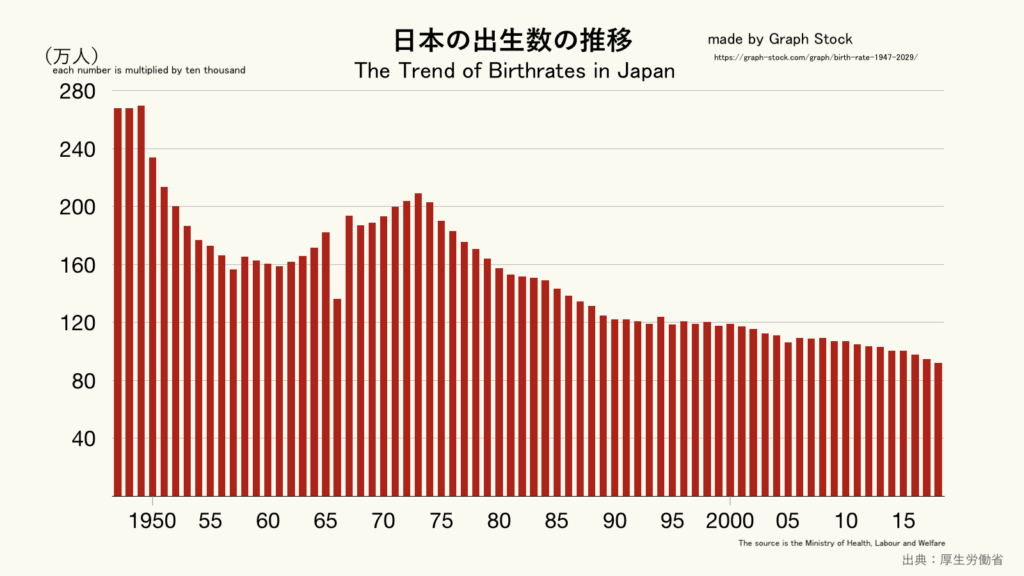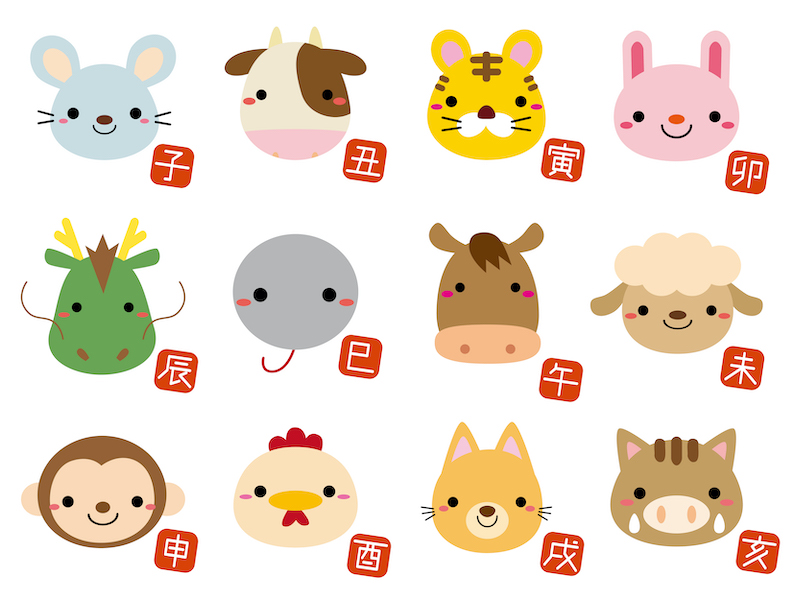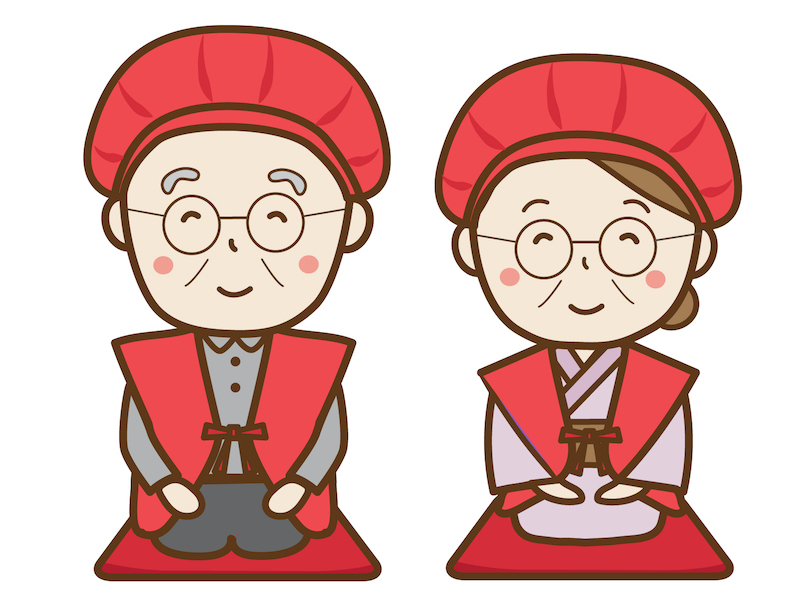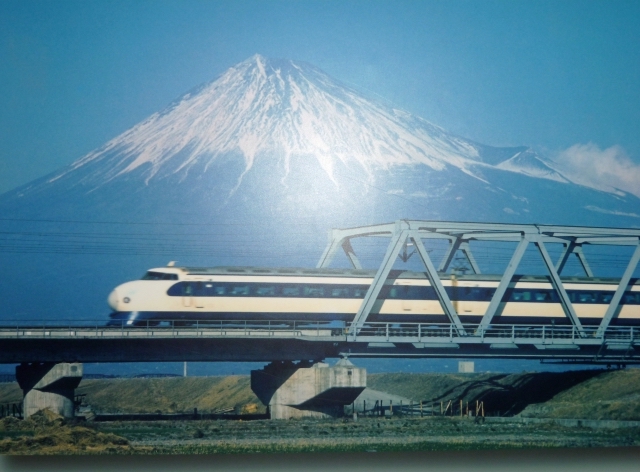Wasn’t Japan a country known for its science and technology?

Please take a look at the graph. This represents the trend of birth rates in Japan. Globally, after the end of World War II, there was a baby boom, resulting in a significant increase in population. Subsequently, it declines, but when their next generation becomes parents, the birth rate increases again. Unfortunately, Japan has consistently experienced a decrease in birth rates since the late 1970s, succinctly illustrating the current issue of aging population.
Look at the year 1966. In this year, the birth rate dropped significantly. Then, the following year, it rebounded, increasing. What exactly happened?

Actually, this year was a special year called “Hinoe-Uma.” Are you familiar with the Chinese zodiac? It represents years in a 12-year cycle by symbolizing twelve animals. This year (2024) is the Year of the Dragon. However, this system also combines with another set of ten, making it possible to calculate a total of 60 years. “Hinoe–Uma” combines “Hinoe” and “Uma” (horse) to form a year. By the way, the first year of the 60-year cycle is called “Kinoe-Ne (mouse).”
I was born in 1959, which is called “Tsuchinoto-Inoshishi,” the Year of the Boar. After 60 years, the year I was born in comes around again when I turn 60. This is called “Kanreki,” whose literal meaning is “the year when one’s birth year comes around again, and there used to be a tradition to celebrate it. When someone turns 60, they wear a red “Chanchanko” (a baby’s vest), symbolizing being reborn as a baby, and entering the next 60-year cycle, wishing for longevity. However, this tradition has become less common recently. When I turned 60, I never wore such an outfit.

There is a superstition behind this. Women born in the Year of the Hinoe-Uma are believed to be passionate and might cause their husbands to die young. Therefore, many parents avoided giving birth in this year, fearing it would be disadvantageous for their daughters’ marriages. Of course, this is a superstition, with no scientific basis. However, many parents practiced birth control due to this belief.
When I became a high school teacher, students born in the year of the “Hinoe-Uma” entered as freshmen. As someone inexperienced, I was quite wary of the female student born in that year, but I couldn’t find any differences compared to students born in other years!! It was a time when the population was gradually increasing, so those born in this year seemed to have some advantages, such as lower competition ratios for high school and university entrance exams.
1966 was the year when color televisions, automobiles, and air conditioners began to become widespread in households, and it was also the year when The Beatles performed in Japan.The Tokyo Olympics (initial) had already ended, and the Shinkansen (bullet train) was running at 210 kilometers per hour between Tokyo and Osaka. In such times, a significant nationwide decrease in birth rates occurred based on superstition. I cannot explain why such phenomena occurred during this era.

2026 will be the next “Hinoe-Uma” year. We are living in an era where the internet connects people around the world, and goods and information spread instantly. It is also an era where a private company succeeds in lunar landings! Will there be any events that affect population statistics?

